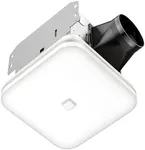Buying Guide for the Best Whole House Fans
Whole-house fans are a great way to cool your home by drawing in fresh air from outside and expelling hot air from inside. They can be an energy-efficient alternative to air conditioning, especially in climates with cool evenings and nights. When choosing a whole-house fan, it's important to consider several key specifications to ensure you select the best fit for your home and needs.CFM (Cubic Feet per Minute)CFM measures the volume of air the fan can move per minute. This is crucial because it determines how effectively the fan can cool your home. Generally, the higher the CFM, the more powerful the fan. For small homes or single-story houses, a fan with a lower CFM (around 1,500-3,000) may be sufficient. For larger homes or multi-story houses, you might need a fan with a higher CFM (3,000-6,000 or more). To pick the right CFM for you, calculate the total square footage of your home and consider the number of stories. A good rule of thumb is to have a fan that can move 2-3 times the volume of your home per minute.
Noise LevelNoise level is an important factor, especially if the fan will be used during sleeping hours. Noise is typically measured in decibels (dB). Fans with lower dB ratings are quieter. For a peaceful environment, look for fans with noise levels below 60 dB. If noise is less of a concern, you might be able to opt for a more powerful fan that operates at a higher noise level. Consider where the fan will be installed and how sensitive you are to noise when making your choice.
Energy EfficiencyEnergy efficiency indicates how much electricity the fan uses to move air. More efficient fans will save you money on your energy bills and are better for the environment. Look for fans with an Energy Star rating or those that specify low wattage usage. If you plan to use the fan frequently, investing in a more energy-efficient model can be beneficial in the long run. Consider your usage patterns and the potential energy savings when evaluating this spec.
Installation TypeWhole-house fans can be installed in different ways, such as in the attic or through a wall. The installation type can affect the fan's performance and ease of installation. Attic-mounted fans are common and can be more effective at cooling the entire house, but they may require more complex installation. Wall-mounted fans might be easier to install but could be less effective at cooling larger spaces. Think about your home's layout and your DIY skills or willingness to hire a professional when choosing the installation type.
Control OptionsControl options refer to how you can operate the fan, such as through a wall switch, remote control, or smart home integration. More advanced control options can offer greater convenience and flexibility. For example, smart fans can be controlled via smartphone apps or voice commands, allowing you to adjust settings without getting up. Consider your preference for convenience and technology when selecting control options. If you prefer simple, manual controls, a basic model might suffice. If you enjoy smart home gadgets, look for fans with advanced control features.
Ventilation RequirementsProper ventilation is essential for a whole-house fan to work effectively. This spec refers to the amount of venting needed in your attic to allow the hot air to escape. Insufficient ventilation can reduce the fan's efficiency and potentially cause damage to your home. Typically, you need 1 square foot of vent area for every 750 CFM of fan capacity. Assess your attic's current ventilation and determine if additional vents are needed. Ensure your home can accommodate the necessary ventilation to maximize the fan's performance.
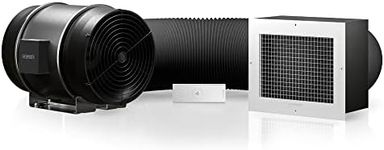
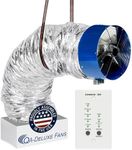
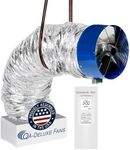
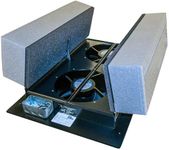
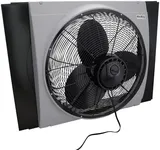
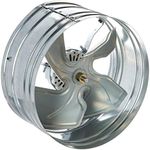

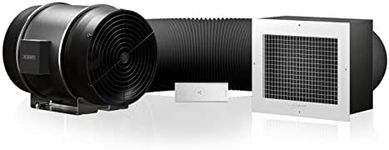
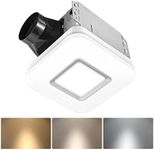
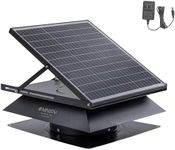
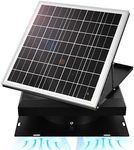
![Fittes Flush Exhaust Mount [Luxe] - 14"x14" - Satin White](https://images-proxy.bestreviews.guide/KKkpoH6pl8doqpHeXI6l7HZ85nc=/0x150/https://m.media-amazon.com/images/I/31SDRAHfo6L._AC_CX679_.jpg)
